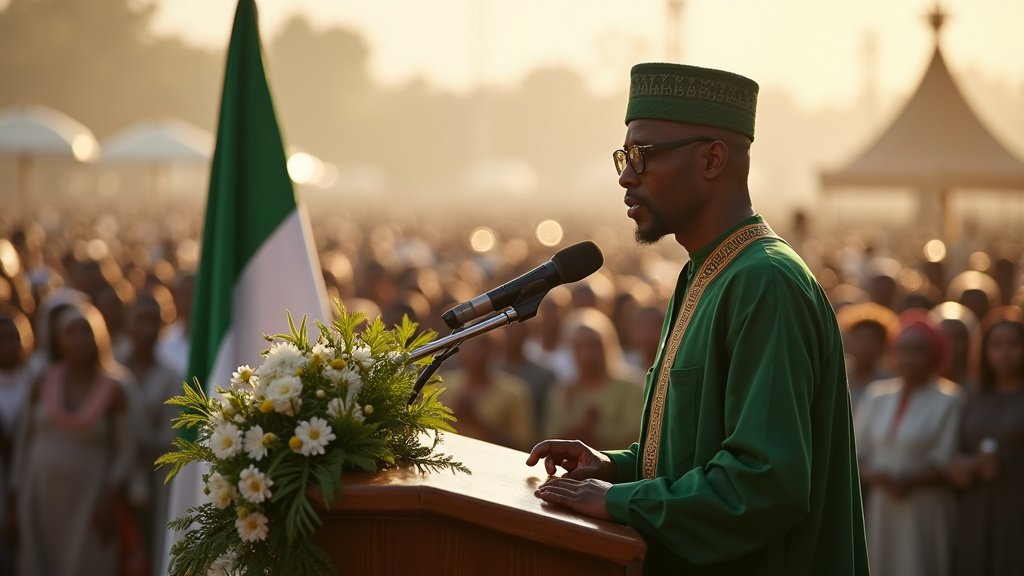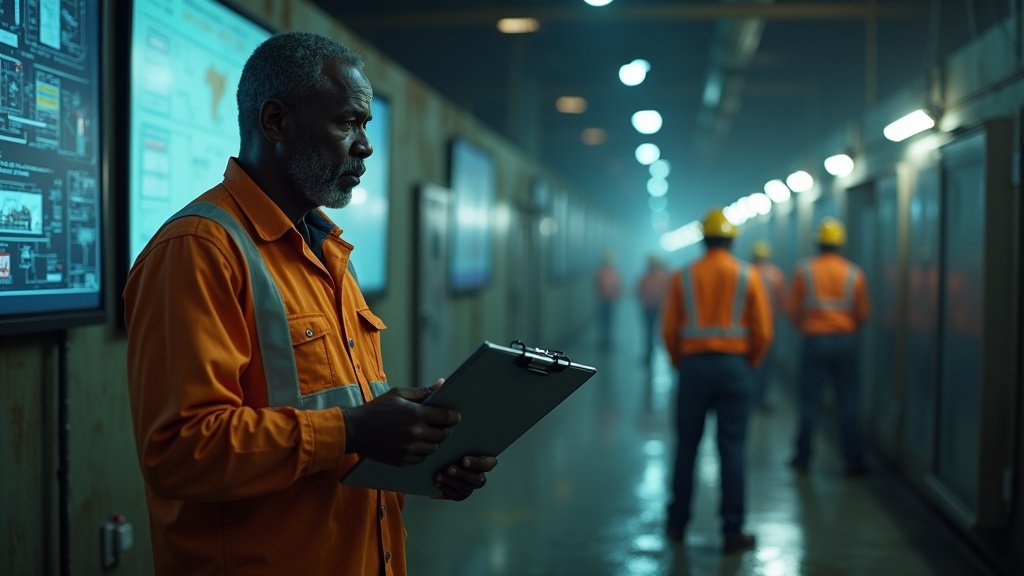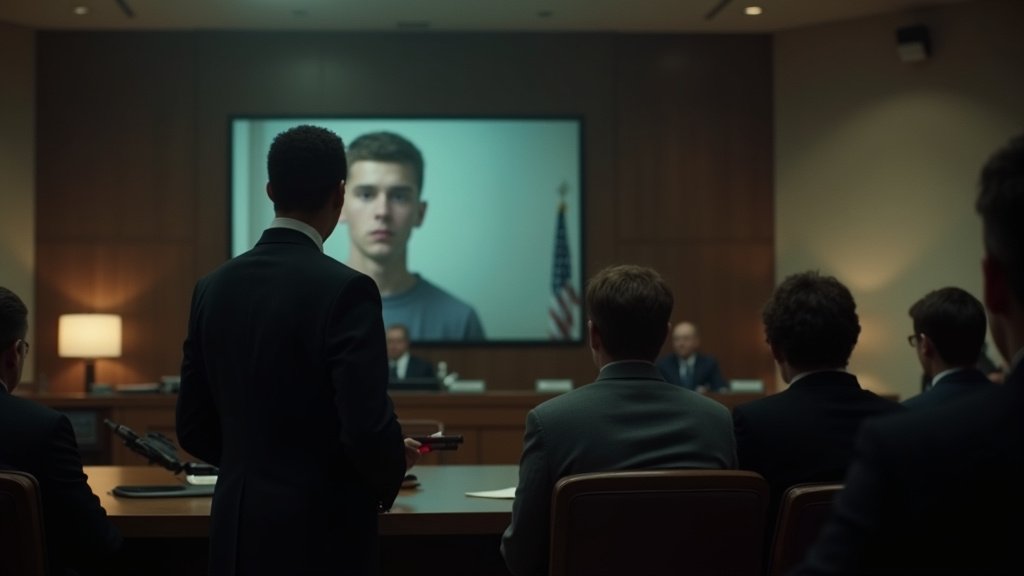Inauguration Day: A Historic Shift to Indoor Ceremony Amid Severe Weather
As the nation prepared for a pivotal moment in its democratic process, the inauguration of President-elect Donald Trump faced an unprecedented weather-related challenge. The traditional outdoor ceremony, a hallmark of American political culture, was relocated to the U.S. Capitol Rotunda due to dangerously low temperatures predicted for Washington D.C. This decision, as reported by CNN, not only highlights the significance of weather in planning large-scale events but also marks a rare moment in U.S. history where an inauguration was held indoors.
The Meteorological Context
On Inauguration Day, meteorological forecasts indicated that temperatures would plummet to the low 20s, roughly 20 degrees below the seasonal norm. These frigid conditions were compounded by wind chills which could dip into the single digits, with gusts expected to reach between 10 and 20 mph. Such severe weather conditions prompted officials to prioritize safety and well-being over tradition.
Historically, outdoor inaugurations have been a defining aspect of American political life, but the decision to shift indoors underscores the paramount importance of public safety. The last time an inauguration took place inside the Capitol was during Ronald Reagan’s second inauguration in 1985, when the nation faced brutally cold conditions with temperatures plummeting to just 7 degrees and wind chills that felt like -25 degrees.
Security and Logistics Challenges
The sudden switch to an indoor venue posed a myriad of challenges for law enforcement and security agencies that had spent months meticulously planning the event. With only three days left before the ceremony, the need for rapid reorganization was critical. Originally, permits had estimated attendance at around 30,000 people for the ticketed area and an additional 250,000 in the non-ticketed public area. However, the indoor Rotunda could not accommodate such a large crowd, necessitating a significant reduction in attendance numbers.
To address this, Trump announced the opening of Capital One Arena, which can accommodate up to 20,000 spectators, for a live viewing of the ceremony. This move allowed supporters to still participate in the historic occasion while mitigating the risks posed by the harsh weather conditions. Following the swearing-in ceremony in the Rotunda, Trump was set to join his supporters at the arena, where the Presidential Parade would also take place.
Public Reaction and Sentiment
The decision to cancel the outdoor ceremony drew mixed reactions from supporters. Some expressed disappointment at the change, with many individuals who had braved the weather in preparation for the outdoor festivities voicing their concerns. A number of attendees indicated they were willing to endure the cold in favor of experiencing the traditional spectacle that has become synonymous with American inaugurations.
Trump addressed these sentiments on Truth Social, emphasizing that “the decision prioritizes safety.” He extended his gratitude to law enforcement and first responders, noting that the severe weather could pose significant challenges for those tasked with ensuring the safety of attendees. Despite the necessary adjustments, Trump reassured his followers that the main ceremony would still proceed indoors, with additional events, including a victory rally at Capital One Arena and three inaugural balls, continuing as planned.
Bipartisan Cooperation in Crisis
The last-minute change to the inauguration venue also illustrates the necessity of bipartisan cooperation in the face of unforeseen circumstances. The Joint Congressional Committee on Inaugural Ceremonies quickly rallied to support the venue change, officially endorsing the president-elect’s request to relocate the 60th Inaugural Ceremonies to the Capitol Rotunda. This swift response reflects the collaborative spirit that often emerges during critical moments in American democracy.
The Importance of Tradition vs. Adaptation
Inauguration Day has long been steeped in tradition, serving as a ceremonial rite of passage for new leaders. It symbolizes the peaceful transfer of power, a cornerstone of American democracy. However, the decision to adapt to the circumstances emphasizes a broader principle: that safety and well-being must always take precedence over tradition, especially in an era where climate conditions increasingly challenge our usual practices.
As weather patterns become less predictable and extreme conditions become more common, future inaugurations may need to consider alternative arrangements. This shift not only reflects the realities of our changing climate but also speaks to the resilience and adaptability of American institutions.
Conclusion
The decision to hold President-elect Donald Trump’s inauguration indoors represents a historic moment that transcends the typical pomp and circumstance associated with such events. It serves as a reminder that, while traditions are integral to our democratic process, the safety and security of the public must always remain the top priority. As the nation continues to navigate the complexities of governance and public safety, this unique inauguration will stand as a testament to our ability to adapt and respond to challenges in real-time. The enduring spirit of democracy thrives not just in tradition, but in our capacity to prioritize the well-being of citizens above all else.





